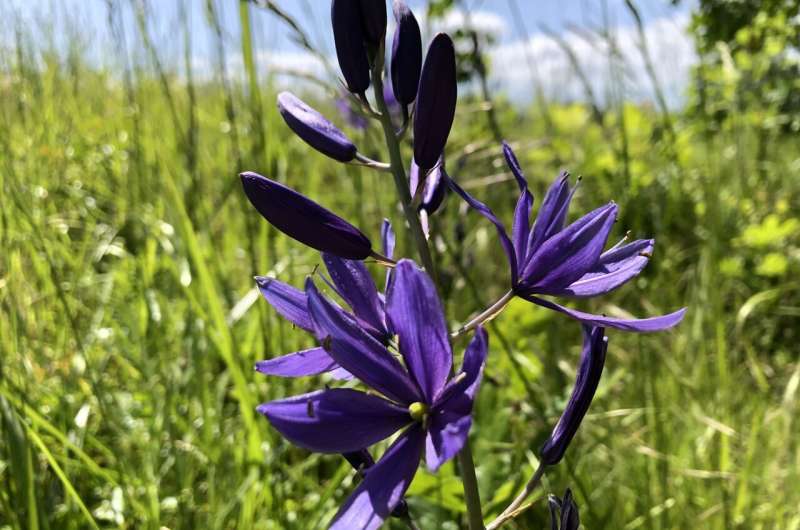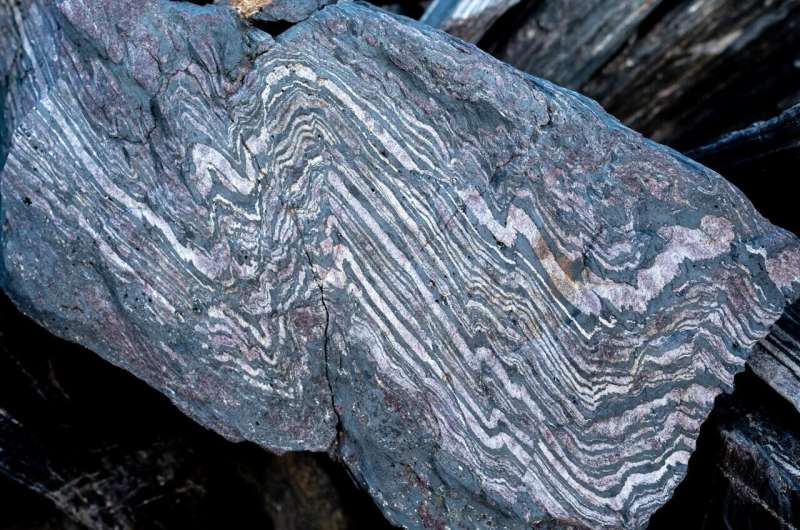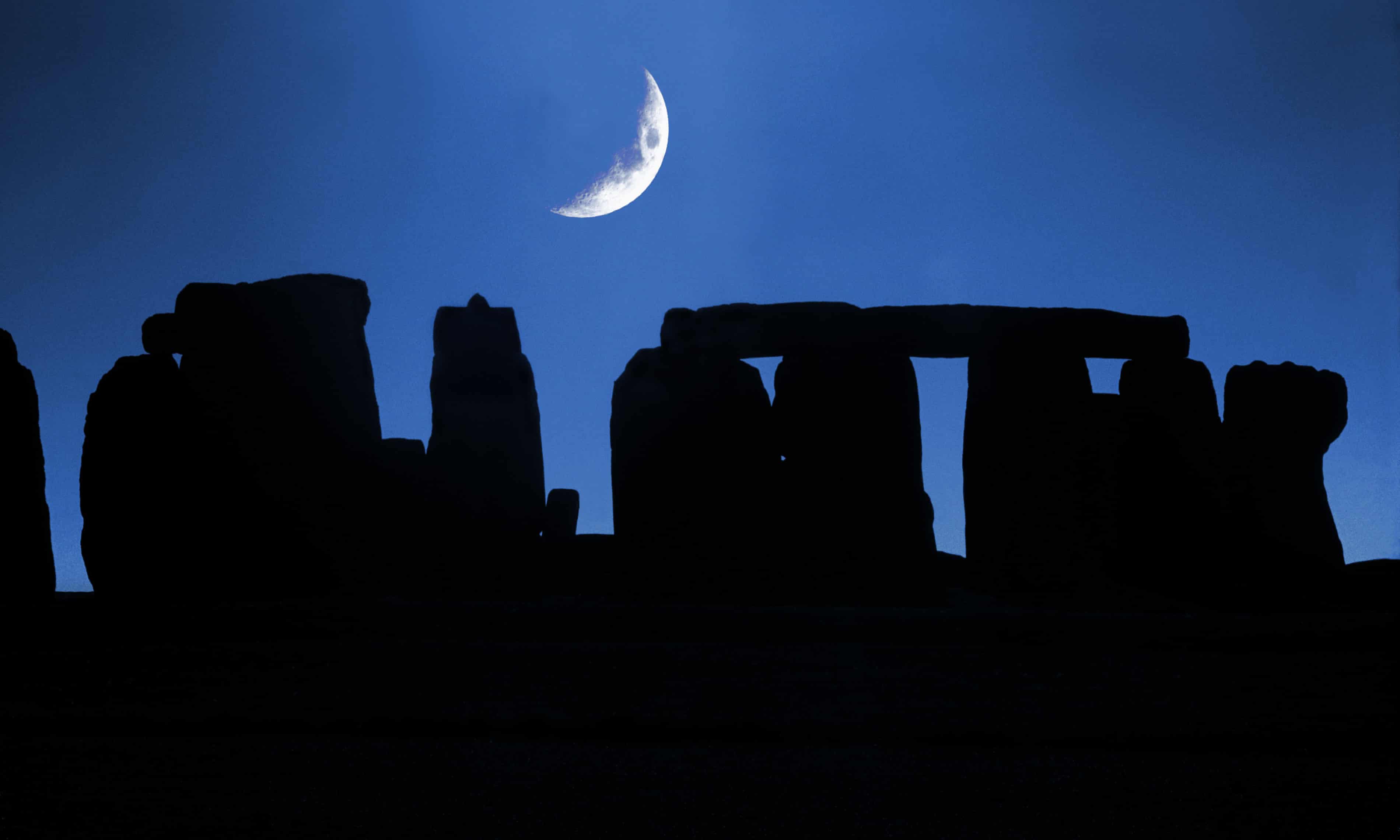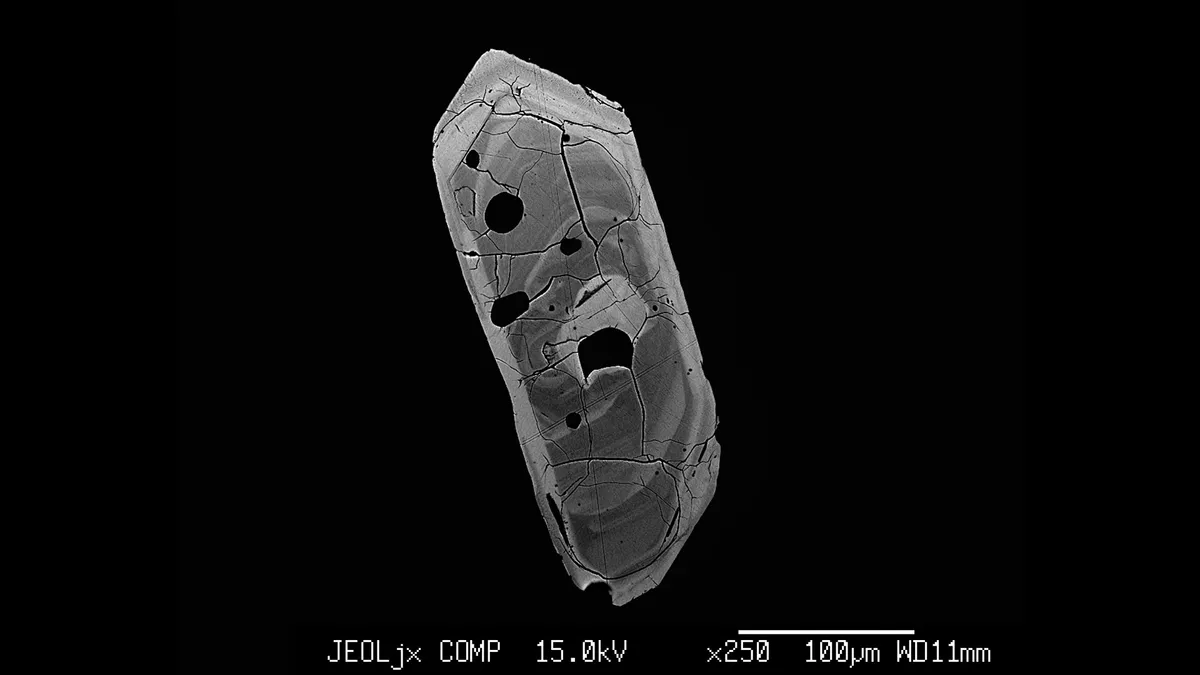Earth news stories
A 7,000-year-old Neolithic settlement in modern-day Greece has, for the first time, been accurately dated down to the precise years it was built. The findings could provide a reference point in time to help date other archaeological sites in southeastern Europe. Their research is published in the journal Nature Communications.

The findings contribute to the growing body of research around Traditional Ecological Knowledge and practices, demonstrating the care and specificity with which Indigenous groups have been stewarding and cultivating natural resources for millennia. The work is published in The Holocene journal.

The iconic, “upside-down” baobab tree first emerged on the island of Madagascar, new research into its tangled evolutionary history reveals. It’s still not clear, however, how it jumped from Madagascar to Australia. See the new study, which was published Wednesday (May 15) in the journal Nature.
The first dinosaurs to have a warm-blooded metabolism might have emerged 180 million years ago during the early Jurassic period, according to a new study. New research published in the journal Current Biology might have answered that question.

Is Stonehenge aligned with the moon? Scientists hope to find out during a rare ‘major lunar standstill, which happens once every 18.6 years.

Around 6,200 BCE, the climate changed. Previously, archaeologists believed that this abrupt shift in global climate, called the 8.2ka event, may have led to the widespread abandonment of coastal settlements in the southern Levant. In a recent study published in the journal Antiquity, researchers…share new evidence suggesting at least one village formerly thought abandoned not only remained occupied, but thrived throughout this period.

A new study, led by the University of Oxford and MIT, has recovered a 3.7-billion-year-old record of Earth’s magnetic field and found that it appears remarkably similar to the field surrounding Earth today. The findings have been published in the Journal of Geophysical Research. Without its magnetic field, life on Earth would not be possible…

In the darkest corners of the planet, where the light of the Sun never touches, eerie glows can yet be found, illuminating the shadows. This is bioluminescence, a remarkable ability that has evolved separately at least 94 times throughout the history of life on Earth. See the study here.

Since the first Earth Day in 1970, the world has experienced profound ecological changes. Wildlife populations have decreased by 69 percent, the result of habitat loss caused by rapid industrialization and changing temperatures. 2023 was the hottest year on record.

From house plants and gardens to fields and forests, green is the color we most associate with surface life on Earth…But an Earth-like planet orbiting another star might look very different, potentially covered by bacteria that receive little or no visible light or oxygen…Instead of green, many such bacteria on Earth contain purple pigments…Cornell scientists report in new research.

Bees play by rolling wooden balls — apparently for fun. The cleaner wrasse fish appears to recognize its own visage in an underwater mirror. Octopuses seem to react to anesthetic drugs and will avoid settings where they likely experienced past pain. Nearly 40 researchers signed “The New York Declaration on Animal Consciousness,” which marks a pivotal moment, as a flood of research on animal cognition collides with debates over how various species ought to be treated.

Fossil vertebrae unearthed in a mine in western India are the remains of one of the largest snakes that ever lived, a monster estimated at up to 15 metres in length – longer than a T rex. See the study here.

For millions of years, giant animals or megafauna roamed the lands that are now Australia and New Guinea. Many were like much larger versions of modern animals. There was a four-metre goanna called Megalania (Varanus priscus), for example, which likely ambushed its prey. This beast disappeared by around 40,000 years ago along with almost all the other megafauna aside from remnants such as the red kangaroo and the saltwater crocodile.

The rising and setting of the sun at Stonehenge, especially during the summer and winter solstices, continues to evoke joy, fascination and religious devotion. Now a project has been launched to delve into the lesser understood links that may exist between the monument and the moon during a rare lunar event.

Finland’s river crystals hold clues about the formation of ‘Scandinavia’s’ oldest bedrock 3.75 billion years ago. The analysis revealed that part of the crust is about 250 million years older than scientists previously thought, and that it likely originated in Greenland, according to a University of Copenhagen statement released March 21. See the study here.

Scientists studying rocks in South Africa report evidence for the earliest known earthquake triggered by plate tectonics. The temblor struck more than 3 billion years ago.








